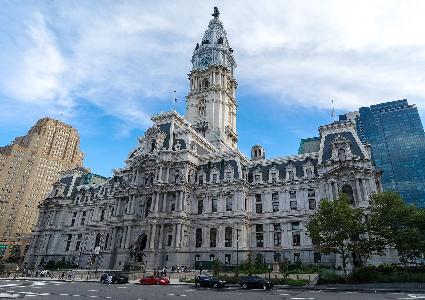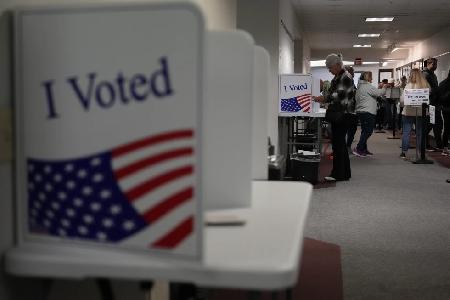Successfully attracting and retaining business for the longterm with tax breaks has an inconsistent track record at best and, according to a report last month, could be nearly worthless at worst.
This, of course, flies in the face of what many practitioners lobby for: last month, Robert Atkinson of the D.C.-based Information Technology and Innovation Foundation said that, “Government must increase tax incentives for innovative development.”

The states that have given the most tax incentives per capita are no better off in terms of the average wage per resident, according to analysis by The Atlantic Cities of data collected by the New York Times. Click to enlarge.
For Pennsylvania’s part, it has awarded $4.84 billion annually since 2007 on tax incentives, the New York Times reported. That ranks our state third in total tax revenue forgiven, only behind Texas and Michigan, respectively. The state has awarded Comcast $18 million worth of various tax incentives, the most of any Philly business, as Next City pointed out.
The Atlantic Cities’ analysis of the Times report found no correlation between tax incentives and “any measure of economic performance,” regardless of how the incentives are counted.
How have we seen tax incentives play out in Philly’s tech scene, after the now-slowed video game tax incentive movement?
(While some of these examples are not straightforward tax incentives, they do involve using taxes as a means to lure businesses to Philly.)
- Councilman Bill Green recently proposed a bill that would make software companies only pay taxes on sales made inside the city, and already, we’ve seen a little movement in that space, with 12-person, real-time feedback startup Yorn moving from Conshohocken into Center City.
- When explaining his venture firm’s move from Conshohocken to University City, First Round Capital‘s Josh Kopelman cited the City Council bill authorizing a tax break for general partners of investment funds as one of his reasons, though we have still yet to see other investment firms follow suit.
- It’s hard to to quantify the impact of the city’s Keystone Innovation Zones, which include the Navy Yard and the area surrounding the Cira Centre. In 2007, an Econsult Corp. report said that the Cira Centre was beneficial for the city and the state. This September, the Navy Yard was about to hit the 10,000 jobs mark, PlanPhilly reported, an effort that took two decades.
There’s a big caution that should come with such economic modeling around tax incentives: they say nothing of the perception that they drive.
That is, it is more complicated to track the benefit of the Center City skyline being topped with the headquarters of the country’s largest media company than to compare it to statewide wage earning. How valuable is it that software companies from other municipalities, states or countries might give Philadelphia a second-look after a slew of news coverage about the city making headway on its tax structure.
This report won’t end the use of tax incentives to lure business, and that’s probably for the best, even though tax forgiveness can be misused. What it can do is help make clear that the performance of forgiving tax revenue is more muddled than some might have you believe.
Before you go...
Please consider supporting Technical.ly to keep our independent journalism strong. Unlike most business-focused media outlets, we don’t have a paywall. Instead, we count on your personal and organizational support.
Join our growing Slack community
Join 5,000 tech professionals and entrepreneurs in our community Slack today!

Trump may kill the CHIPS and Science Act. Here’s what that means for your community.

A week before Election Day, some Philly city employees question unexpected website change

A Pennsylvania voter’s guide to tech policy on the ballot in the 2024 election


